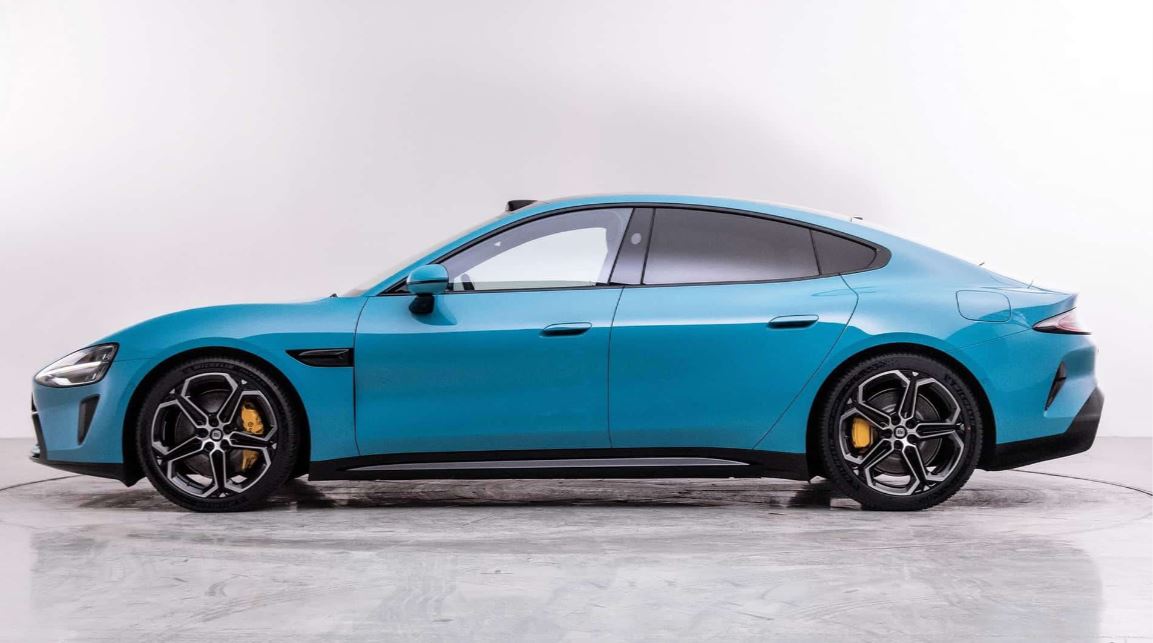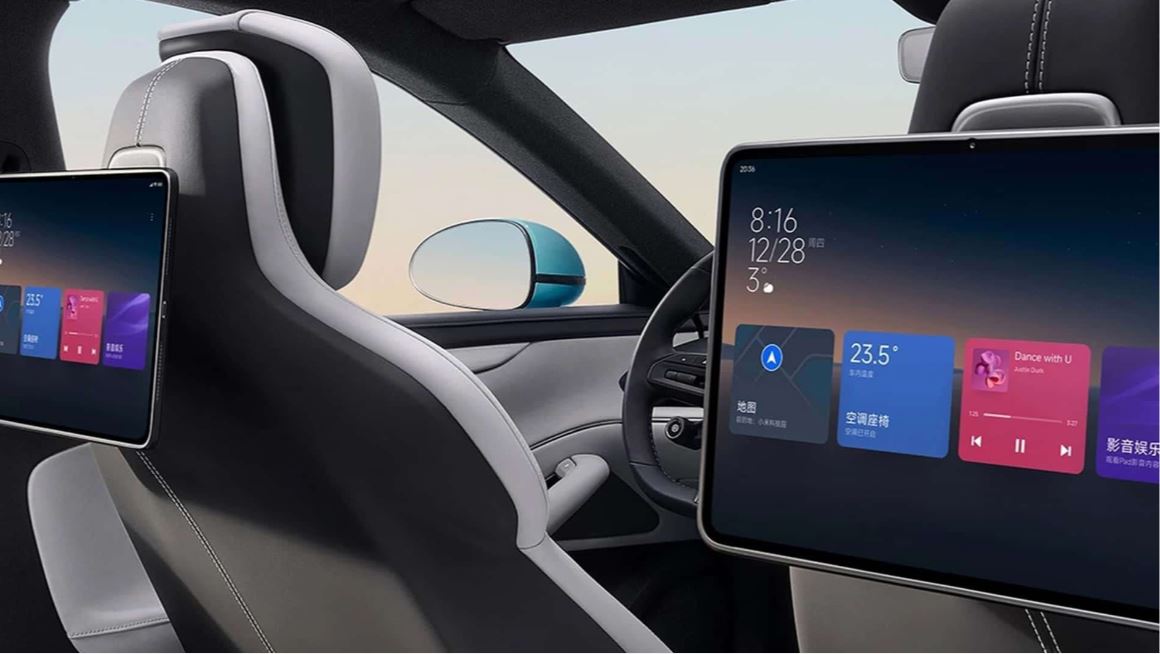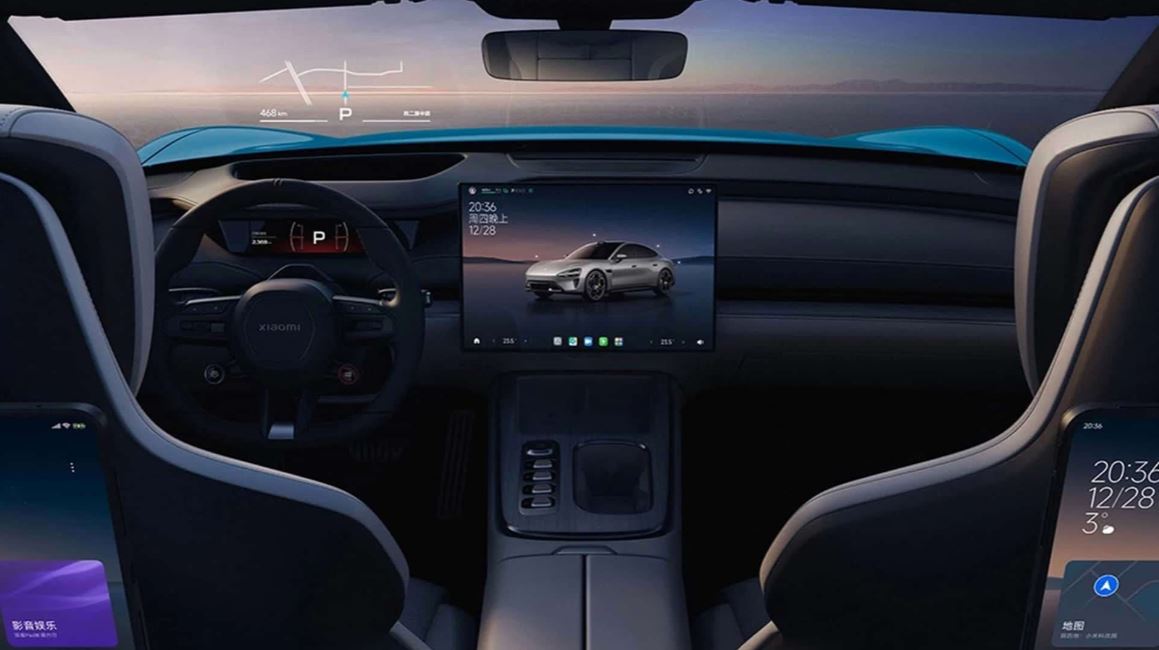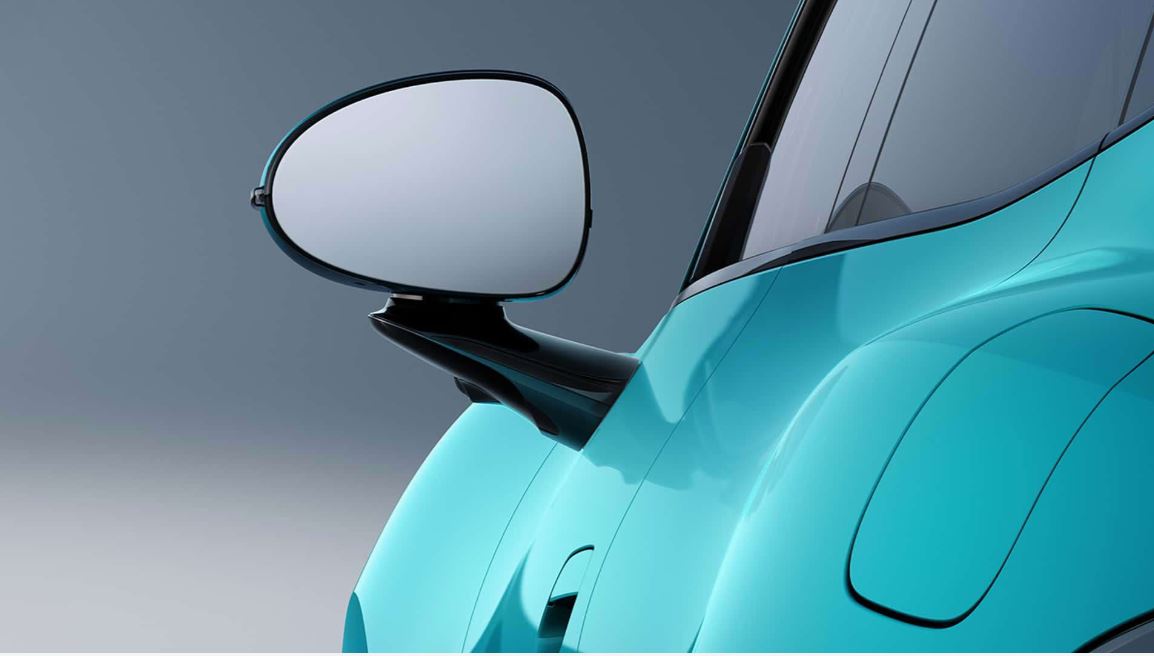The First EV From The Smartphone Manufacturer, The Xiaomi SU7, Sold Out For 2024 In 24 Hours
April 3, 2024 / By Zunair Tahir / Automotive News
Late last week, the Xiaomi SU7 created a lot of excitement in China. It’s the first automobile produced by a firm best recognized for its consumer electronics on a global scale. Even so, a lot of people went to the company’s website to buy the battery-powered vehicle, which directly rivals the Tesla Model 3 despite the Chinese EV being somewhat more affordable and bigger.
In China, Customers May Have To Wait Up To Seven Months For Their Automobiles To Be Delivered.


Within the first four minutes of the purchase form’s launching on Thursday, 10,000 customers in China placed preorders for the SU7. Xiaomi got roughly 90,000 preorders for its first automobile inside just 27 minutes, with 50,000 orders piling up by the end of the day.
That’s a lot of attention for a newly designed vehicle from a manufacturer with no prior automotive experience. Those who paid a 5,000 yuan ($850) deposit for the Xiaomi SU7 would thus have to wait a maximum of seven months to receive their car, as per a report by Reuters that examined the delivery schedules on the company’s vehicle app.

Delivery is scheduled to start at the end of this month, but the most costly model, the Max, which costs 299,900 yuan ($41,500), has a delivery window of 27 to 30 weeks, so purchasers may expect to get it in the next year.


It may take up to 21 weeks for the delivery of the SU7 Standard, which retails for 215,900 yuan ($29,900), and the SU7 Pro, which costs 245,000 yuan ($33,990).
Depending on the grade, the SU7’s electric motors—which Xiaomi developed internally—are either rear- or all-wheel drive. The high-voltage batteries, which provide a range of up to 515 miles (830 kilometers) on the CLTC process, are provided from either BYD or CATL. The automobile is built on an 800-volt architecture.


The automobile itself will be manufactured at a new Beijing facility under contract with China’s BAIC, with an initial production capacity of 150,000 vehicles annually and a second phase of 300,000 vehicles annually.

In China, the Xiaomi SU7 costs around $4,000 less than the Tesla Model 3, but it has more internal displays, a head-up display, a longer driving range, and a little more upscale interior with technology that syncs with Xiaomi’s consumer goods. Despite the existence of less expensive models such as the Zeekr 007, Xiaomi appears to have had success with its marketing campaign in what is perhaps the world’s most competitive EV industry.












